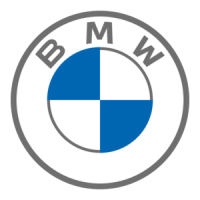76
b
c
da
Trailers affect the braking behaviour of your bicycle and occupy far more
width than the bicycle would alone. First, practise drawing the trailer
without passengers (a). Mount a long pole with coloured pennant to
your bicycle to increase visibility. It should be tted with all the reectors
that are prescribed for riding on public roads, just like your bicycle. If you
use it in the dark, illuminate the rear end of the trailer with a battery/accu-
mulator-operated lamp (b). Please inform yourself about the regulations
concerning lighting in the country where you are using the trailer.
Always secure the little passenger(s) (c) with the seat belt, as
erratic movements inside the trailer can make it topple over.
Make sure the child you are taking with you wears a helmet (d).
A trailer is an insufcient protection in the event of an accident!
Please note that your stopping distance increases due to the
additional load of the child.
Make sure your bicycle is approved for trailer towing before
mounting one. Trailer towing requires hydraulic brakes! (See
chapter “Intended Use“).
12.2.3 Kids’ Tandem Bicycles / Trailer Systems.
There are different systems on the market that allow a kid’s bicycle to be
attached to an adult bicycle to cycle together with your child on public
roads.
Inform yourself at a bicycle specialist shop of your trust about the various
types of kids’ tandem bicycles.
Some of them are attached to the seat tube of the towing bicycle. This
single point attachment may be a little unstable.
Systems attaching the complete kid’s bicycle to the adult bicycle provide
more stability.
Trailer systems have a strong inuence on the bicycle’s riding
characteristics. The weight of both the attached bicycle and
the child will make the bicycle somewhat top-heavy. It may
tend to wobble. Practise getting on and off your bicycle as well
as cycling. Keep in mind, in particular when turning, that your
bicycle including trailer system is much longer.

